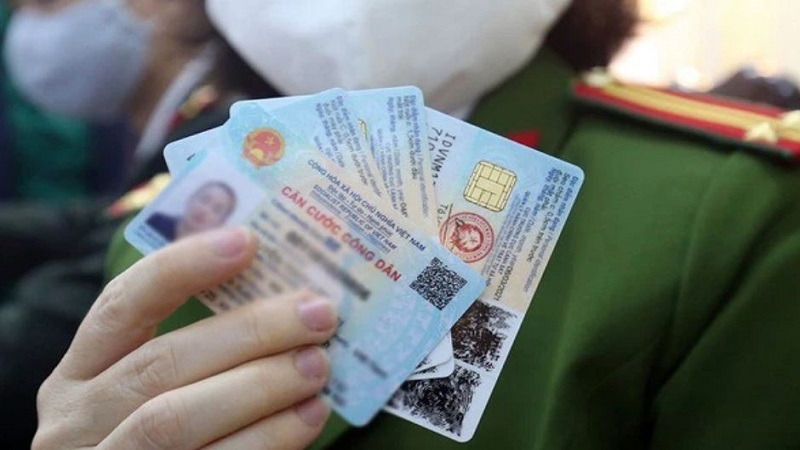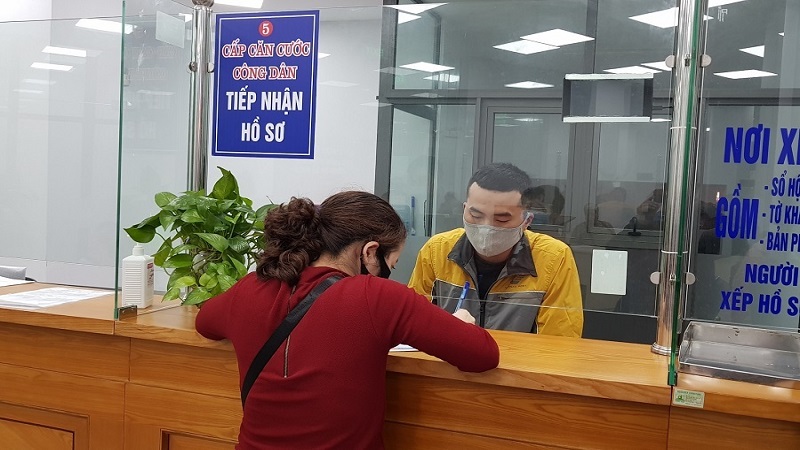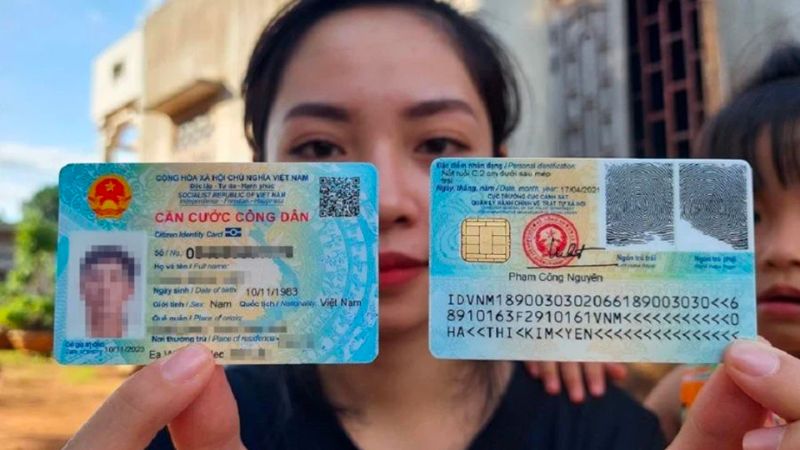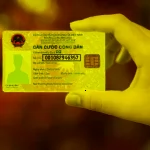If you have or are in the process of applying for a new or replacement e-ID card, but are unsure about the timing and procedure for receiving it, read on. The following article will guide you through everything you need to know about obtaining your e-ID card and the expected timeline for its delivery.
1 What is the e-ID Card with a Chip?
The e-ID card, officially known as the CCCD card with a chip, is an important personal identification document. It replaces the old citizen identification card and the previously issued barcode CCCD cards.
As per the Law on Citizen Identification, starting from January 1, 2021, citizens applying for a new or replacement CCCD card will be issued this new card with a chip. The e-ID card with a chip serves as a secure means of identification and authentication, providing access to an individual’s personal information stored in the National Population Database.
Additionally, the e-ID card offers convenient access to a range of essential services, including banking, insurance, household registration, driver’s license, and other vital personal documents. It streamlines administrative procedures and makes accessing your personal information quick and easy.
 e-ID Card with a Chip
e-ID Card with a Chip
2 How Long Does It Take to Get the e-ID Card with a Chip?
 Standard Timeframe for Receiving the e-ID Card with a Chip
Standard Timeframe for Receiving the e-ID Card with a Chip
According to Article 25 of the 2014 Law on Citizen Identification, the timeframe for issuing, replacing, or reissuing the e-ID card begins once the necessary paperwork is submitted and received in full. The specified timeframes are as follows:
- For cities and towns: No more than 07 working days for new and replacement cards; no more than 15 working days for reissue cases.
- For mountainous, border, and island districts: No more than 20 working days for all cases.
- For other areas: No more than 15 working days for all cases.
However, it’s important to note that the actual time to receive the e-ID card with a chip may vary depending on the volume of applications and the specific area where the card is being issued.
3 Where to Receive the e-ID Card with a Chip?

Based on the amended Clause 1, Article 12 of Circular No. 07/2016/TT-BCA, as supplemented by Clause 3, Article 1 of Circular No. 40/2019/TT-BCA, there are two ways to receive your e-ID card with a chip:
- Method 1: According to the date specified in your appointment slip, you can collect your card in person at the location indicated on the slip.
- Method 2: After completing the application and necessary procedures, you can opt to receive your card via postal services by providing a clear delivery address on the CCCD application form. You may choose to pay the postage fee in advance or upon delivery.
4 How to Check if Your e-ID Card with a Chip Is Ready?
There are three convenient ways to check the status of your e-ID card application from the comfort of your home: via the official website, through the Zalo app, or by visiting the National Population Data Center’s fanpage.
 Ways to Check if Your e-ID Card with a Chip Is Ready
Ways to Check if Your e-ID Card with a Chip Is Ready
Additional Information: For those who…
The information provided above offers a comprehensive guide on the timing and procedures for obtaining the e-ID card with a chip. We hope it helps clarify the process and assists you in acquiring your new identification document.
Chip-embedded Citizen Identity Card and Everything You Need to Know
With the tremendous advancement of technology, the Chip-embedded ID card will emerge as a remarkable substitute for physical identification documents in the near future. This brings significant benefits to citizens, providing a more convenient and efficient way to store personal records while saving crucial resources for government agencies.
Fastest and Most Accurate Child Personal Identification Number Lookup Guide
How can parents look up the personal identification number for their child when the child is not old enough to get a citizen identification card? This is a question that many parents are currently concerned about. Let’s find out how to look up the personal identification number for children in the article below.






































